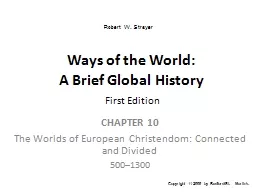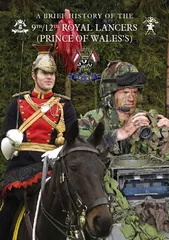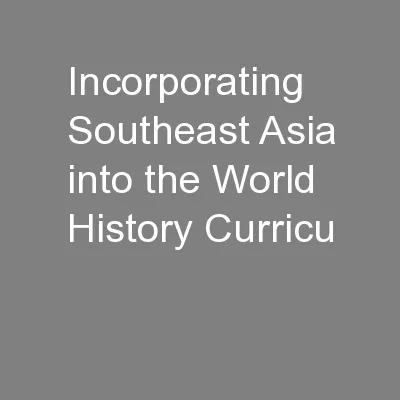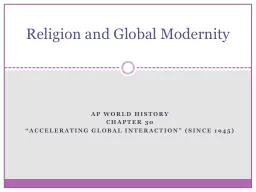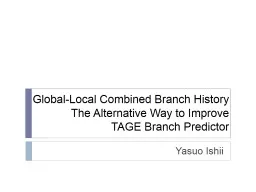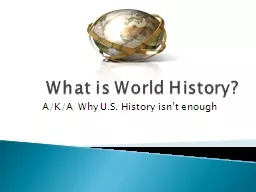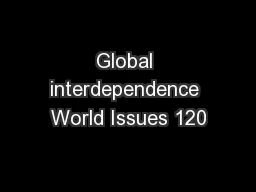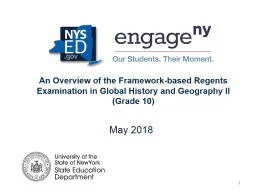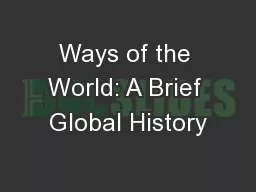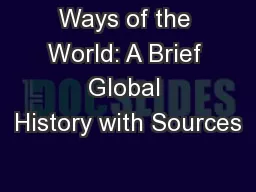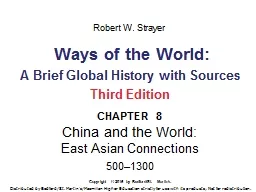PPT-Ways of the World: A Brief Global History
Author : trish-goza | Published Date : 2019-12-31
Ways of the World A Brief Global History First Edition CHAPTER 10 The Worlds of European Christendom Connected and Divided 5001300 Copyright 2009 by BedfordSt Martins
Presentation Embed Code
Download Presentation
Download Presentation The PPT/PDF document "Ways of the World: A Brief Global Histor..." is the property of its rightful owner. Permission is granted to download and print the materials on this website for personal, non-commercial use only, and to display it on your personal computer provided you do not modify the materials and that you retain all copyright notices contained in the materials. By downloading content from our website, you accept the terms of this agreement.
Ways of the World: A Brief Global History: Transcript
Download Rules Of Document
"Ways of the World: A Brief Global History"The content belongs to its owner. You may download and print it for personal use, without modification, and keep all copyright notices. By downloading, you agree to these terms.
Related Documents

